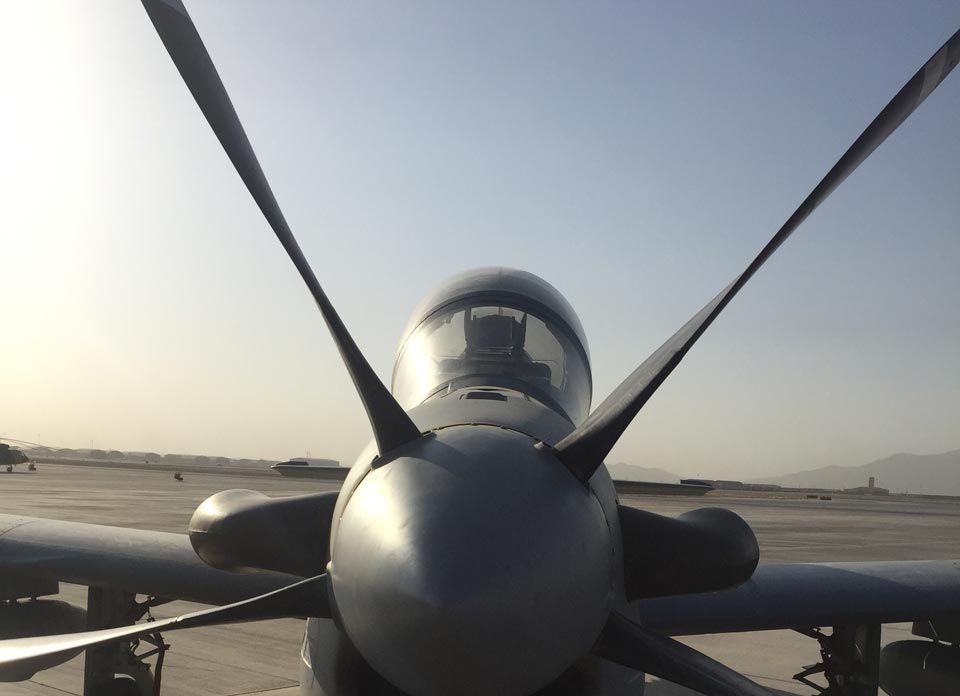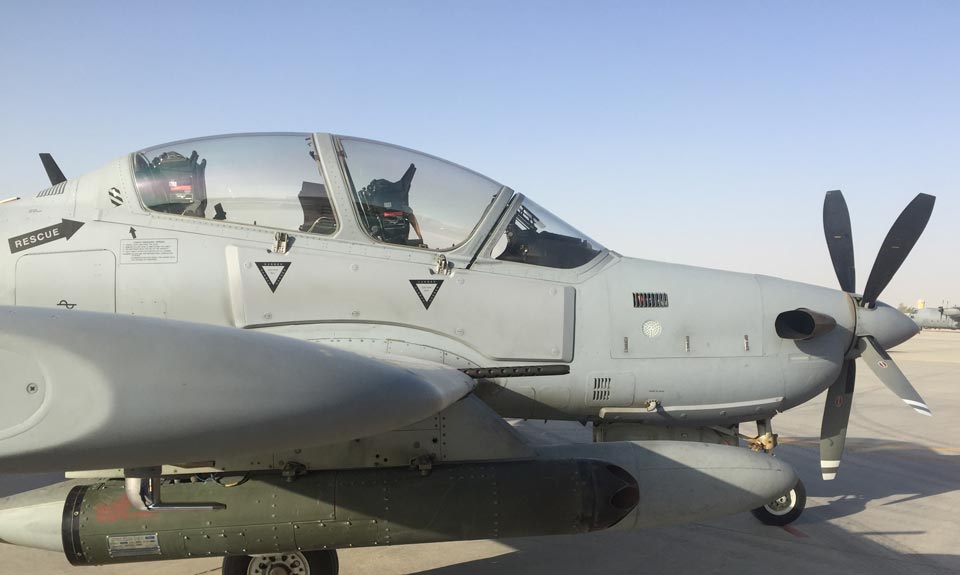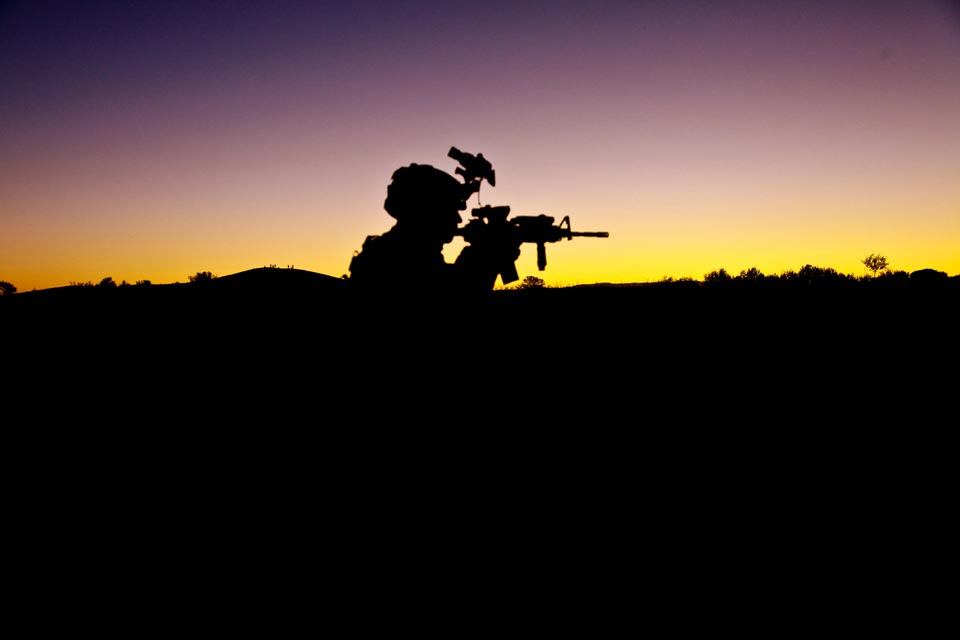This report examines the patchwork of security sector assistance programs undertaken by dozens of U.S. entities and international partners to develop the Afghan National Defense and Security Forces (ANDSF), Ministry of Defense (MOD), and Ministry of Interior (MOI) since 2001.
After 17 years of U.S. involvement in Afghanistan and security-related U.S. appropriations totaling $83.3 billion, there is not one person, agency, country, or military service that has had sole responsibility for overseeing security sector assistance (SSA). Instead, the responsibility was divided among multiple U.S. and international entities. This report examines how these divides had unintended consequences and created challenges to the effectiveness of the mission, as well as some benefits.
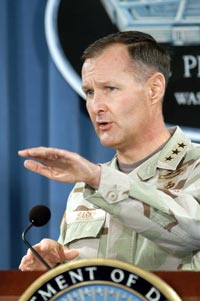 Photo by Robert D. WardLt. Gen. David Barno
Photo by Robert D. WardLt. Gen. David Barno“Arguably, the greatest flaw in our 21st-century approach to [counterinsurgency] is our inability to marshal and fuse efforts from all the elements of national power into a unified whole. This failure has resulted in an approach akin to punching an adversary with five outstretched fingers rather than one powerful closed fist.”
While the dual-hatted U.S.-NATO commander is largely responsible for reconstructing the ANDSF, MOD, and MOI, the commander has no direct authority over civilians operating within embassies, the European Union, and other international organizations. Moreover, the commander does not have absolute authority to dictate the methods and activities NATO countries use to train and advise the ANDSF in different parts of Afghanistan. This created asymmetries in ANDSF development and impeded the standardization of security sector assistance programs.
This report highlights how the unity of command and effort was strained because no single U.S. executive branch department or military service had full ownership of key components of the mission, responsibility for assessing progress toward meeting U.S. strategic objectives, or accountability for vetting and deploying experts. Within the NATO-led coalition, the United States implemented a patchwork of SSA activities and programs involving dozens of U.S. government entities and international partner nations.
International Security Assistance Force: Troop Contributing Nations, November 15, 2010
Note: Figures are calculated by the Force Flow tracking system at SHAPE HQ and count all troops under the Command and Control of COMISAF. Numbers of Troops should be taken as indicatives as they change daily. Number of Troops figures on this chart are indicative for the date of November 15, 2010.
The lack of institutional focus on developing a cadre of SSA professionals and the short-term nature of deployments created serious staffing challenges. For most of the conflict, the United States and NATO deployed individual advisors and assigned them to frequently shifting and temporary command structures. Most of these advisors came from backgrounds unrelated to advising foreign security forces, were underprepared for their tours of duty, and had short deployments with limited opportunity to establish long-term rapport with their Afghan counterparts or take ownership of multi-year SSA programs.
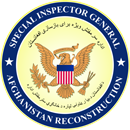

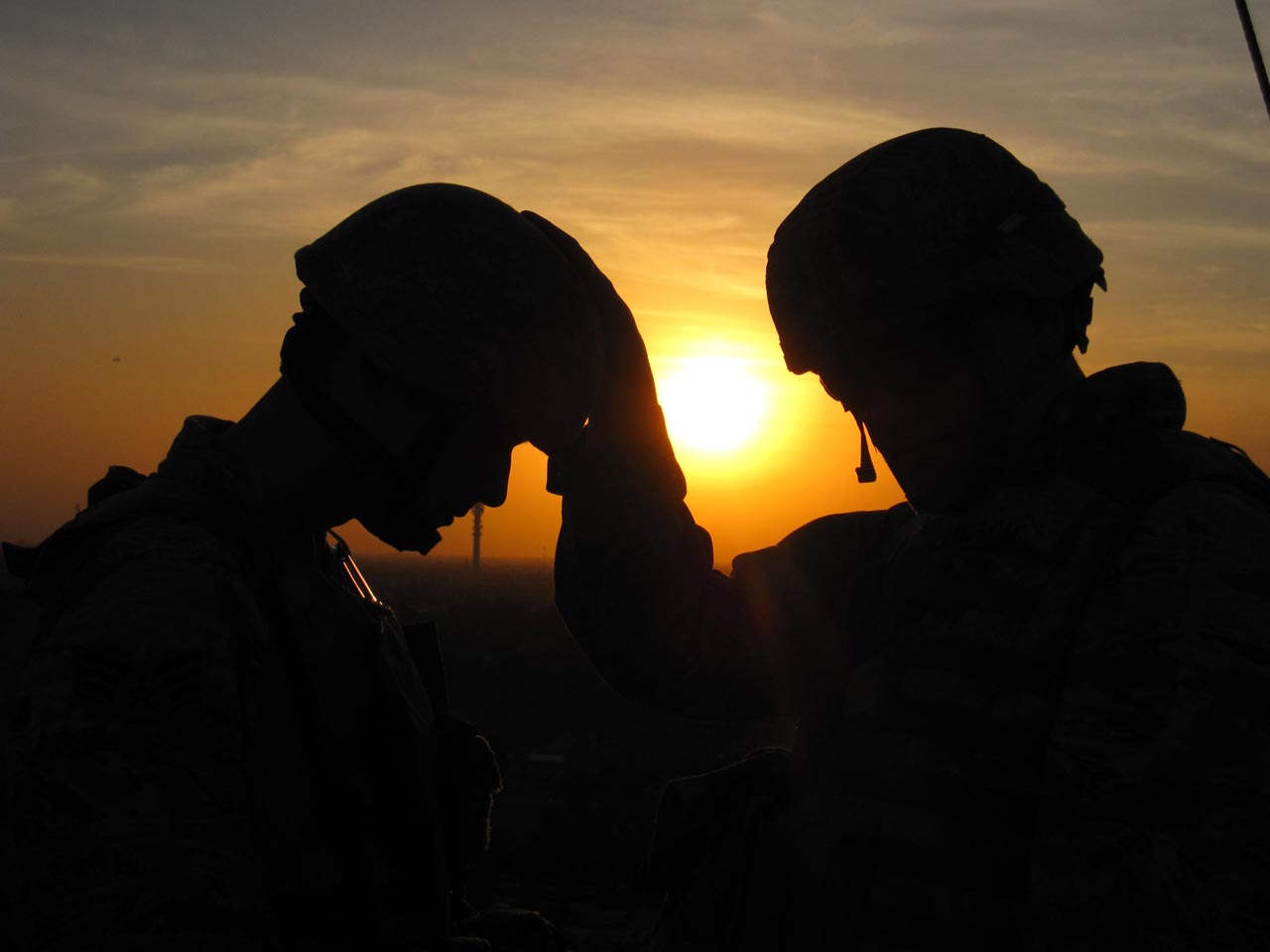
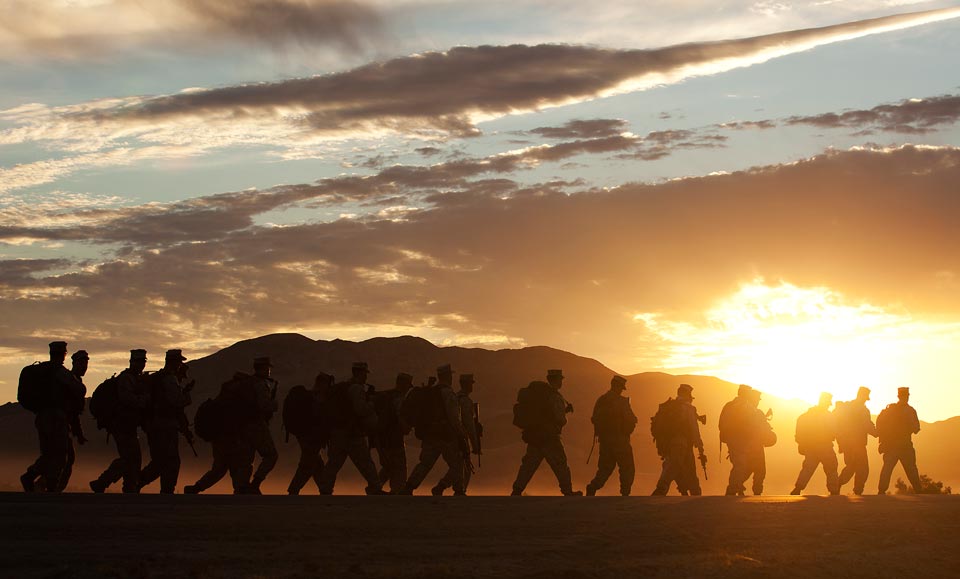
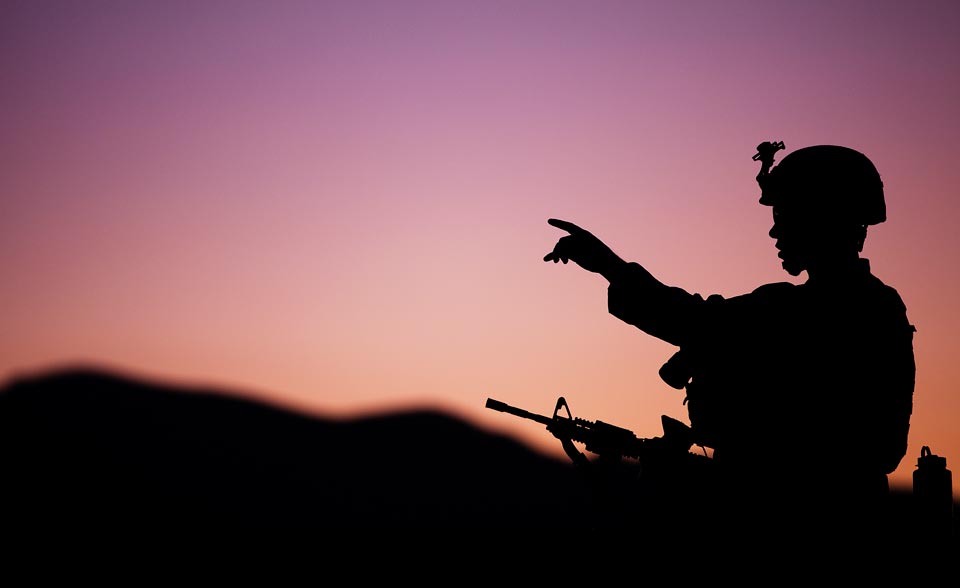
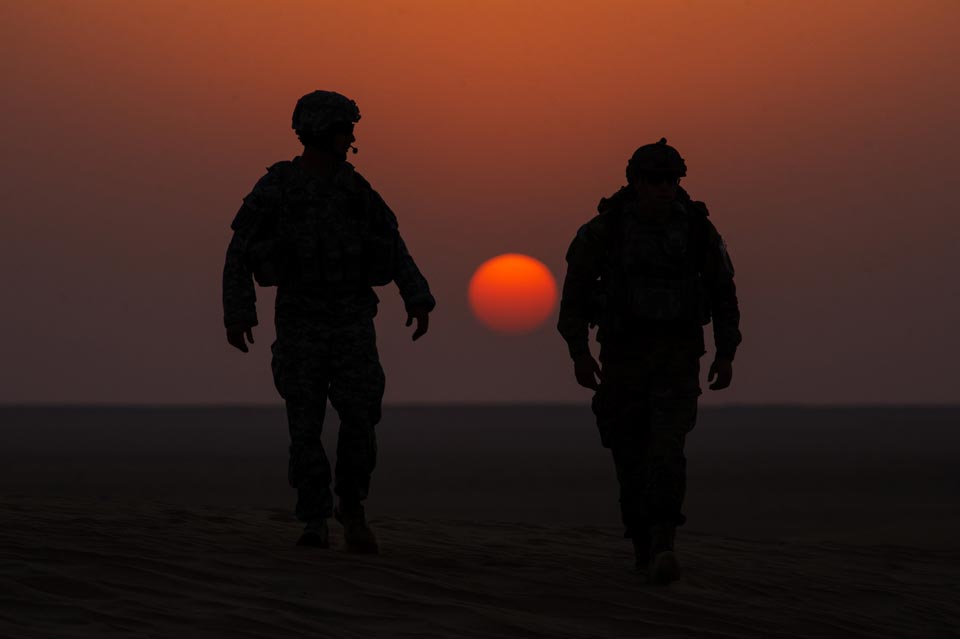
![Two Royal air force CH-47 Chinooks take off from Task Force Helmand headquarters in Lashkar Gah district, Helmand province, Sept. 22. [2011]](images/equipping-the-force-key-findings.jpg)

